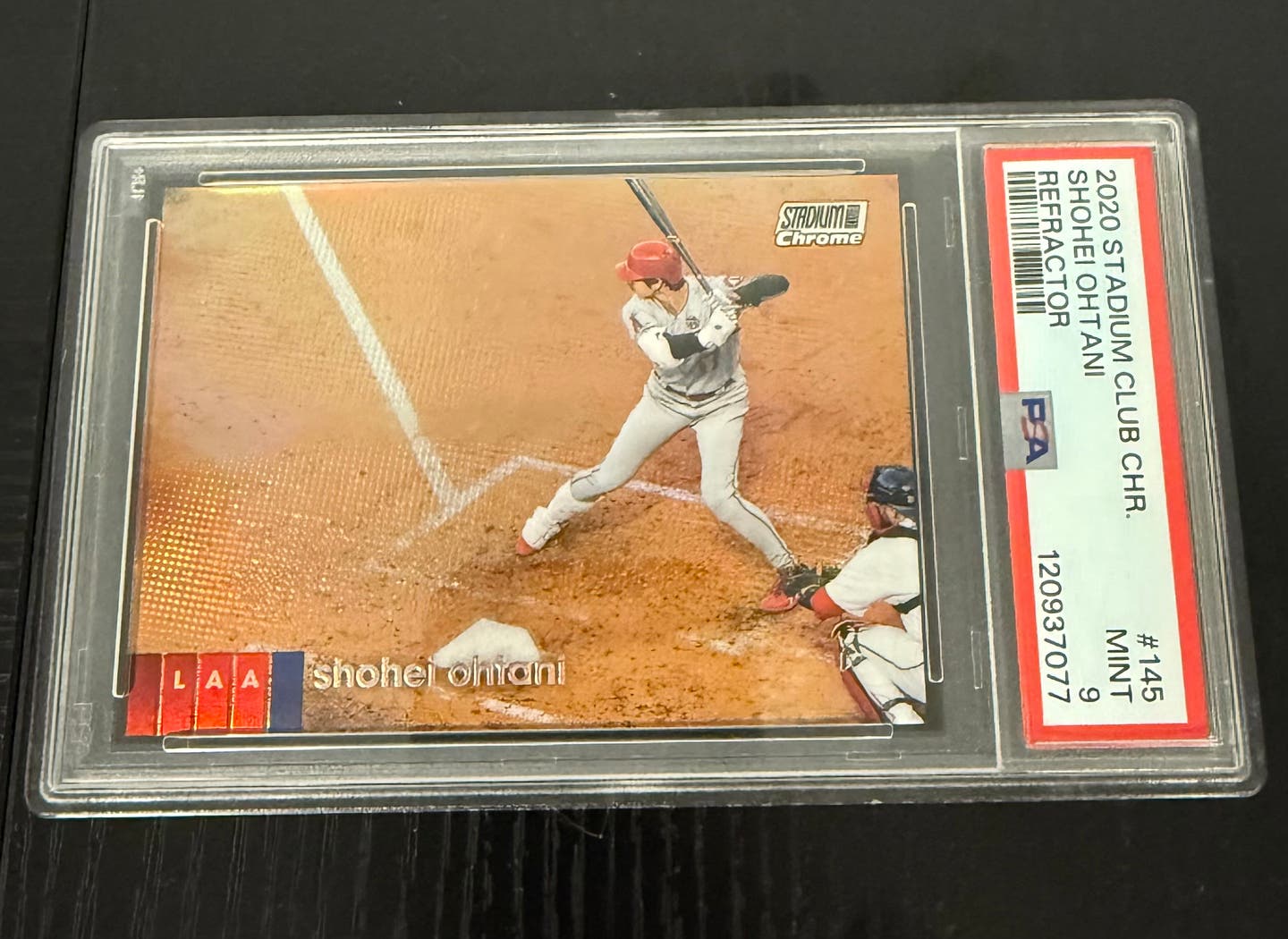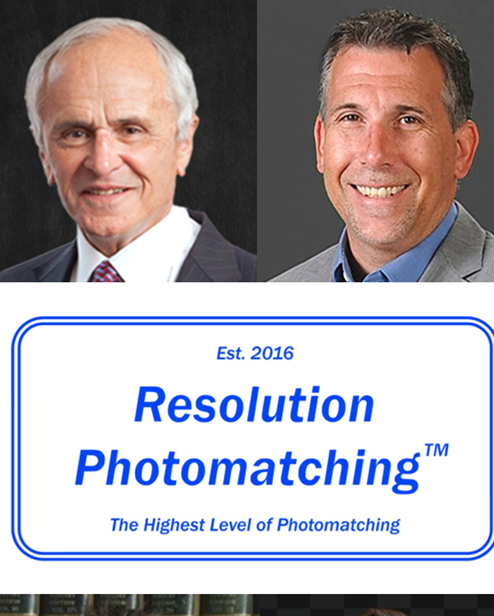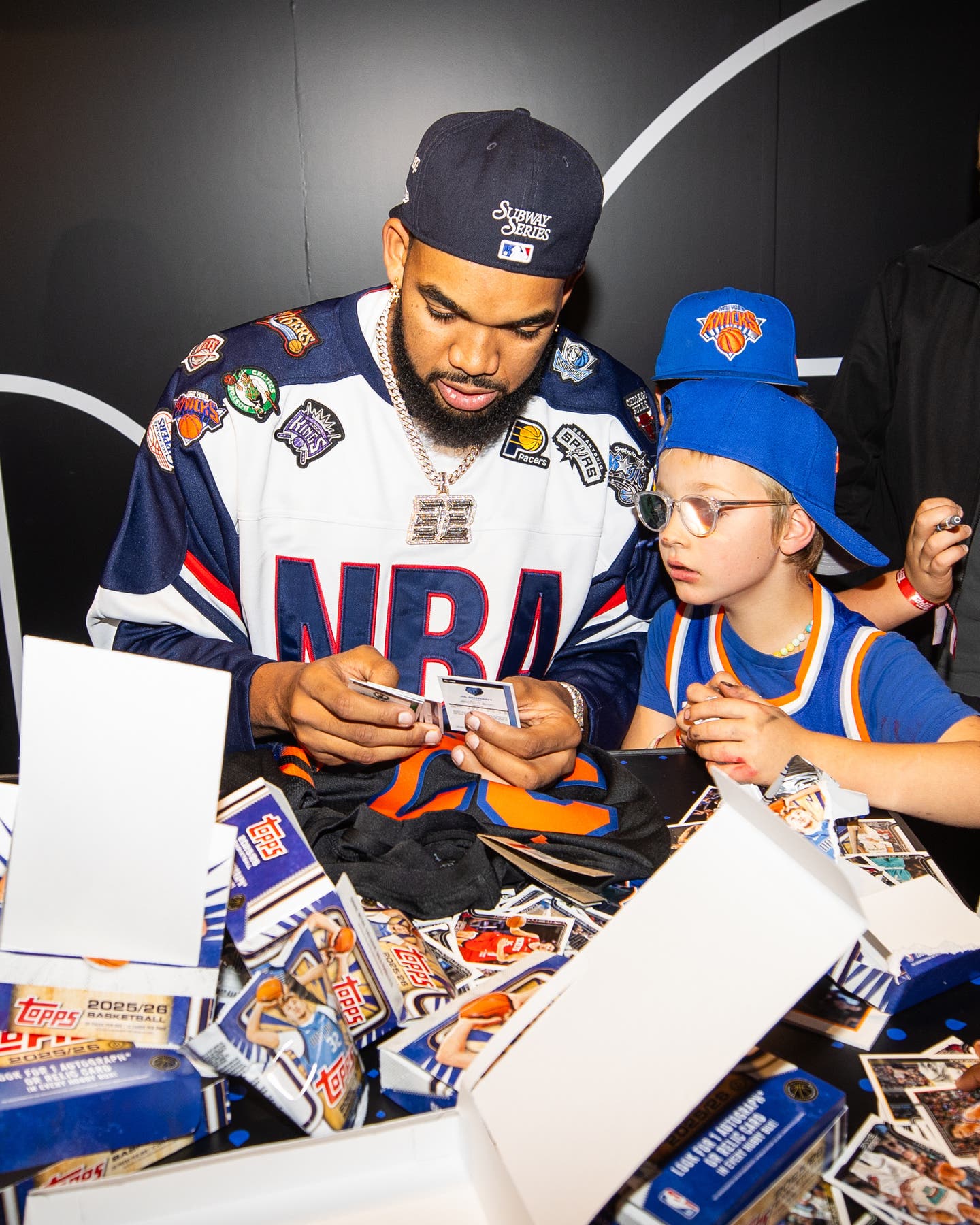Collector Shows
National Convention Has a Storied History at Chicago
By Ross Forman
Several months before the 2008 National Sports Collectors Convention kicked off its five-day run at the Donald E. Stephens Convention Center in the Chicago area, its organizers met at Gibson’s Bar & Steakhouse, located directly across the street from the venue.
They discussed the upcoming event, and, between sips of wine, concocted a detailed public relations and publicity campaign to attract attention to The National, particularly from the mainstream media.
The plan was simple: Offer infamous Chicago Cubs fan Steve Bartman $25,000 to sign one autograph. The catch? Bartman had to appear at The National on a predetermined day, at a specific time and then sign one autograph in public. One autograph – on one 16-by-20-inch photo featuring the dubious play from the Oct. 14, 2003, Cubs vs. Marlins playoff game – and Bartman would walk away with a nice payday. Would he take the money and run, or remain a recluse?
Show officials wanted to know. The media wanted to know. So did collectors and even casual sports fans – and probably more than a few Cubs fans with an axe to grind.
The Cubs were up 3-0 at home during the eighth inning of the Game 6 matchup with the Marlins when Bartman deflected a fly ball along the left-field foul line – one that probably would have been caught by Cubs outfielder Moises Alou. But Alou didn’t catch it, the Cubs went to pieces and the Marlins won the game 8-3. Things didn’t improve for the Cubbies with Game 7. They lost 9-5, and the Marlins went on to win the World Series.
Another ominous moment in Cubs history. A lasting scar on the city. A legacy that has never been answered publicly by Bartman himself who has not appeared in public as himself, so to speak, since that fateful October day.
Sure, he’s gone on with his life, and lore has it that he still works in the Chicago area, reportedly living in the suburbs. But he’s never done any interviews, never signed autographs, nothing.
But National organizers hoped he’d appear for, oh, one minute to sign one autograph, although they knew the odds the real Bartman would in fact appear were somewhere between slim and none. The mainstream media immediately picked up on the Bartman-autograph story and ran with it.
Will he appear? How will organizers confirm it is Bartman? How long after the pre-determined time does Bartman have to appear?
So many questions, so few answers – but a ton of press and publicity for The National. Mission accomplished.
Show organizers wanted the publicity for The National, and boy did they get it.
Everyone from USA Today on down was talking about “The Offer,” and everyone speculated if Bartman would appear and what they’d do if they were in his shoes.
Show organizers showed the world the money via an open briefcase, carefully guarded by law enforcement officials, which was on display on the deadline day. Tension rose as the time approached. The crowd gathered. Media watched.
Ultimately, Bartman was a no-show. But National organizers chalked up a big win with the publicity the stunt generated. Even in his absence, Bartman helped turn the 2008 National Sports Collectors Convention into the most-publicized National ever – even better than the 1991 National in Southern California, which featured an enormous crowd and a promo card craze unlike any other.
“I can’t believe he didn’t show to get the money,” said Mark Dehem, 51, who runs Michigan-based J&M Card Co., with his brother Jim, 53. Dehem has sold sports memorabilia at every National except the first, in 1981. “It was pretty cool, and would have been nice if he had shown.”
So what stunts and surprises will be in store when the National returns to suburban Rosemont, Ill., July 31-Aug. 4? The first time the National hit the Windy City was in 1983 – the fourth-ever National – at the Holiday Inn Hotel near O’Hare International Airport.
It’s hard to imagine The National happening in a standard Holiday Inn, or almost any hotel these days, as the show has become the biggest sports collectibles show of the year, drawing tens of thousands of collectors annually to peruse sporting relics from approximately 800 worldwide dealers.
“That 1983 National was a fun show, and it coincided with the Major League Baseball All-Star Game, which was held in Chicago that year,” Dehem said. “One thing I still remember about that ’83 National was that it was a more relaxed show back then.”
The National made its second stop in Chicago in 1989, landing at the Hyatt Regency Hotel in downtown Chicago.
“The 1989 National was huge, jammed. People had to wait 30 minutes after the show closed each day just to get in the elevator to get to their hotel room,” Dehem said. “The ’89 National was the first time I think we all realized how big the show was. The 1989 National put the event on the map. Before that show, The National was just a big show. The 1989 National took it to the next level.”
Dehem recalls having issues with the 1989 show with the local fire marshal, who insisted nothing could be stored in cardboard boxes for fire safety reasons. Plus, dealers were required to use fire-proof tarps to cover their tables at night and cover and store items behind their tables instead of beneath them. But those rules didn’t deter participants.
“The 1989 National was wall-to-wall dealers,” Dehem said. “Before 1989, we knew the show was growing. In 1989, The National exploded.”
Dehem’s memories of 1993 National in Chicago involved the unions, and their stringent requirements, plus a turning point for the hobby.
“When the show opened, we thought it would be a great show, and collectors literally charged into the venue,” he said. “Problem was, they charged in, running right past all of the dealer tables and directly to the promo card section.
“That, 1993, was when the flood gates opened for promo cards. The promo card craze was, just that, crazy. People were getting promo cards for free and immediately selling them for $15 or $20, or more,” he said.
In 1998, The National returned to Chicagoland to 5555 North River Road, at what was then known at the Rosemont Exposition Center. The site, which later changed its name to the Donald E. Stephens Convention Center, was host to the 2002, 2005, 2008, 2011 and 2013 shows; it is set to serve as the 2015 venue.
Clearly, The National loves Chicago, and Chicago loves The National.
“Chicago has been one of the staples of The National. All dealers seem to do a little bit better than in other cities,” said dealer John Arcand of Big John & Little Debby’s, based in suburban Chicago.
“Chicago seems to bring collectors from both coasts, not just limit it to collectors from the East Coast or the West Coast, if the event is held in the East Coast or the West Coast.”
The 2013 event will be the 12th National that Arcand has attended, and his ninth in a row. And just as the show has changed, so has his business. He went from a brick-and-mortar shop to operating online and as a wholesaler. He sets up at about six shows annually, including The National.
“We’ve done very well at The National when it’s been held in Chicago, and from what I see and hear, I think it’s going to be another really good show,” Arcand said.
No doubt the event will have a hockey flavor, as the Chicago Blackhawks claimed the 2013 Stanley Cup in June, for the second time in four years. Fans collect champions.
“Without question, the Hawks will have a big impact on this National,” Arcand said. “Every dealer, even if they aren’t from Chicago, will bring anything and everything Blackhawks-related that they have. And you know all Chicago-based dealers will have loads of Blackhawks’ items.”
Chicago also boasts a unique claim to fame in National history, for lack of a better term.
At the 2005 event, during the height of the Saturday afternoon signing session, an unannounced autograph guest appeared. And, ironically, there just happened to be an area for him to sit at and sign autographs.
It was O.J. Simpson.
Word spread like wildfire that the troubled Hall of Fame running back was in the building. He signed for a fee, with handlers collecting the money, while organizers appeared to scramble behind the scenes to remove him from the venue. To this day, many show attendees are convinced that it was planned by a very small group, including National organizers, and not a surprise appearance. No one will go on record about Simpson’s 2005 National “appearance.”
Longtime collector Jon Carr, who lives in suburban Carol Stream, Ill., has attended at least five Nationals in Chicago – and his most memorable moment regarding The National in his hometown was snagging Simpson’s signature.
After Simpson left the 2005 National, he went to a nearby hotel and continued signing for a fee.
“I went over to see Simpson; it was huge, big news that he was there in 2005,” Carr said. “I still think organizers knew all along that he was going to appear.”
Ross Forman is a freelance contributor to SCD. He can be reached at Rossco814@aol.com.








